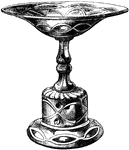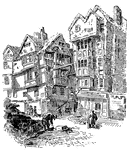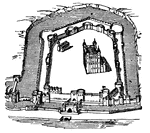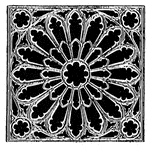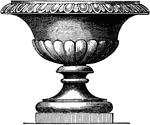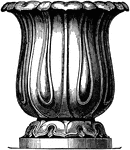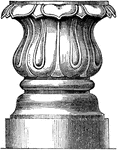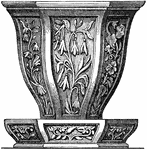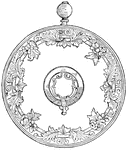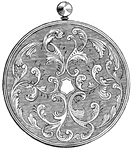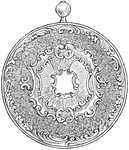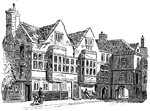
Westminster Abbey
The Westminster Abbey is a Gothic church located in Westminster, London. The church has a pointed style…

Westminster Abbey
A large church in Westminster, London, England, located just to the west of the Palace of Westminster.…
John André's Monument
Major John André's monument in Westminster Abbey. André was executed as a spy by Americans in 1780.…

Vauxhall Balloon
A hot-air balloon invented by Charles Green, used to travel from London to Weilburg, Germany.

A London Bellman
"It was part of the duties of a bellman, or night-watchman, to call out the hours, the state of the…
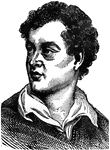
Lord George Gordon Byron
"George Gordon, Lord Byron, was born in Holles Street, London." —The Popular Cyclopedia, 1888

Medieval Cabinet
This Medieval Cabinet was made in London, England. It is designed with intricate scrolls on its panels.
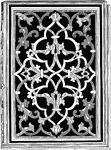
Album Cover
This album cover was designed in London, England. It is a small quarto (bookbinding technique), richly…
Crystal Palace at Sydenham
"But perhaps the most effective and suitable employment of iron is shown in connection with glass, as…
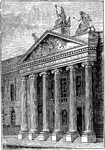
The Old East India House
East India House in Leadenhall Street in the City of London in England was the headquarters of the British…

Glass Fountain
This glass fountain is found in the center of the Crystal Palace in Hyde Park, London. It is supported…
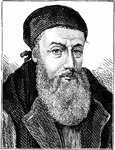
Archbishop Edmund Grindal
Edmund Grindal (c. 1519 – 6 July 1583) was an English church leader who successively held the…

Guild Hall
The Guildhall is located in London, England. It was used as a town hall for hundreds of years, and is…

Lambeth Palace, 1867
Lambeth Palace is the official London residence of the Archbishop of Canterbury. It is located in Lambeth,…

London City
"London City and Midland Bank, Ludgate Hill Branch." — The Encyclopedia Britannica, 1910
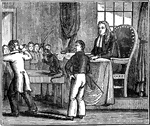
Lord Mayor of London 1820
"The Lord Mayor of London was interrupted in the course of his business at Mansion House, in September,…

The Nelson Monument
"A granite Corinthian column, 145 feet high, surmounted by a statue of Nelson, 16 feet high. On the…

A Napoleonic Medal
"A medal prepared by Napoleon to be issued at London in honor of his expected triumph. It represents…

New Houses of Parliament, London
"In England, as in Germany, architectural activity has assumed various phases in modern times. With…
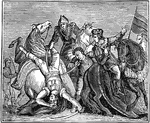
Wat Tyler's Rebellion
Wat Tyler's Rebellion was the leader of the Revolt know as the English Peasant Revolt of 1381.
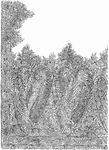
Shawl
This shawl was designed in London, England. It has an elaborate detailed floral design, with a paisley…
Sofa
This sofa was made London, England. It has little carving on the bottom with a Griffin on each leg.
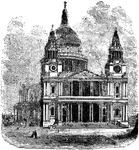
St. Paul's London
St Paul's Cathedral is the Anglican cathedral on Ludgate Hill, in the City of London, and the seat of…

Console Mirror and Table
This console table and mirror was designed in London, England. The frame is carved in American pine…

Towers of London
The White Tower, the square building with turrets on each corner that gave it its name, is actually…

Russian Vase
This Russian vase was contributed to the Crystal Palace in London, England (burnt down, no longer there).…

Russian Vase
This russian vase was contributed to the Crystal Palace in London, England (burnt down, no longer there).…
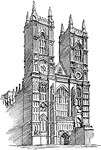
Westminster Abbey
The gothic architecture of Westminster Abbey, the great church in London, England.
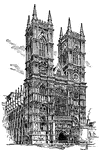
Westminster Abbey
The Collegiate Church of St Peter at Westminster, which is almost always referred to by its original…
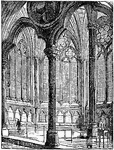
Chapter House, Westminster Abbey
The stone Abbey was built around 1045–1050 by King Edward the Confessor, who had selected the site…
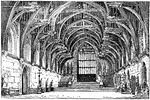
Interior of Westminster Hall
"Next to the Tower and the Abbey, Westminster Hall, adjoining the House of Parliament, is the most historic…


